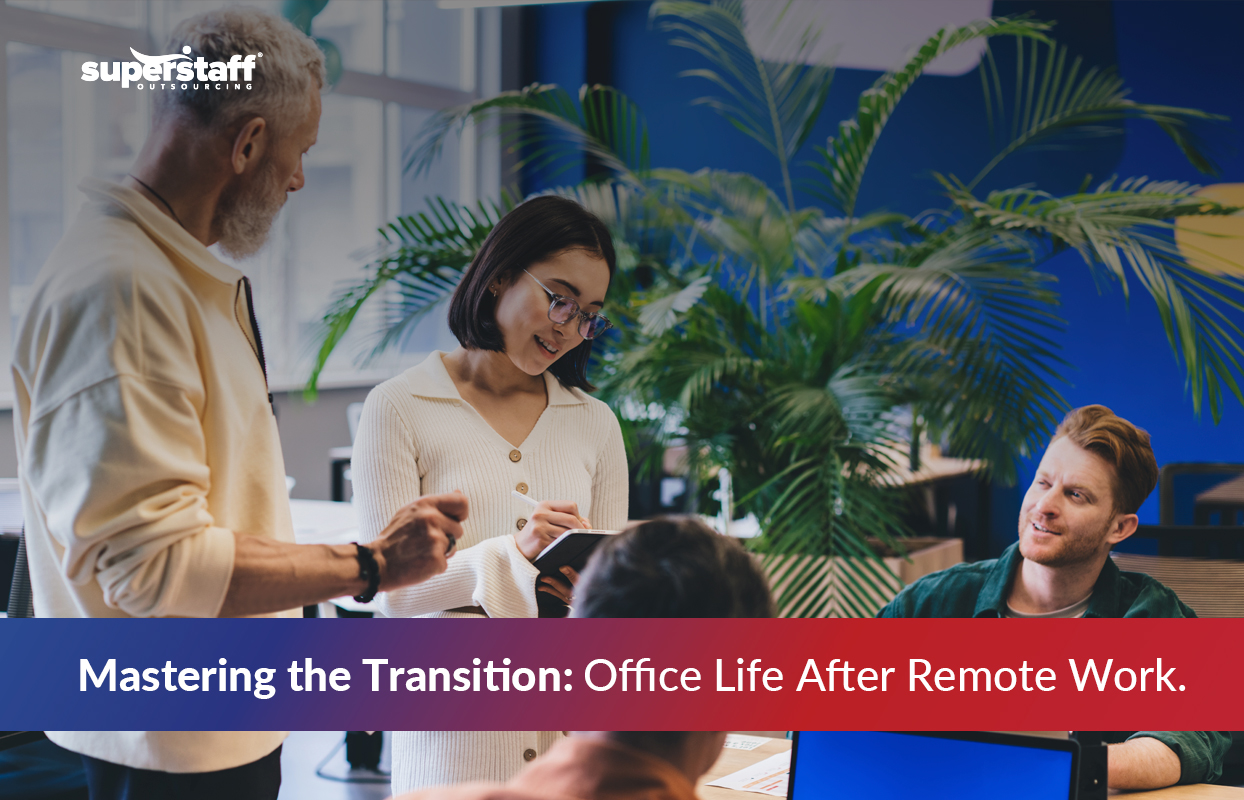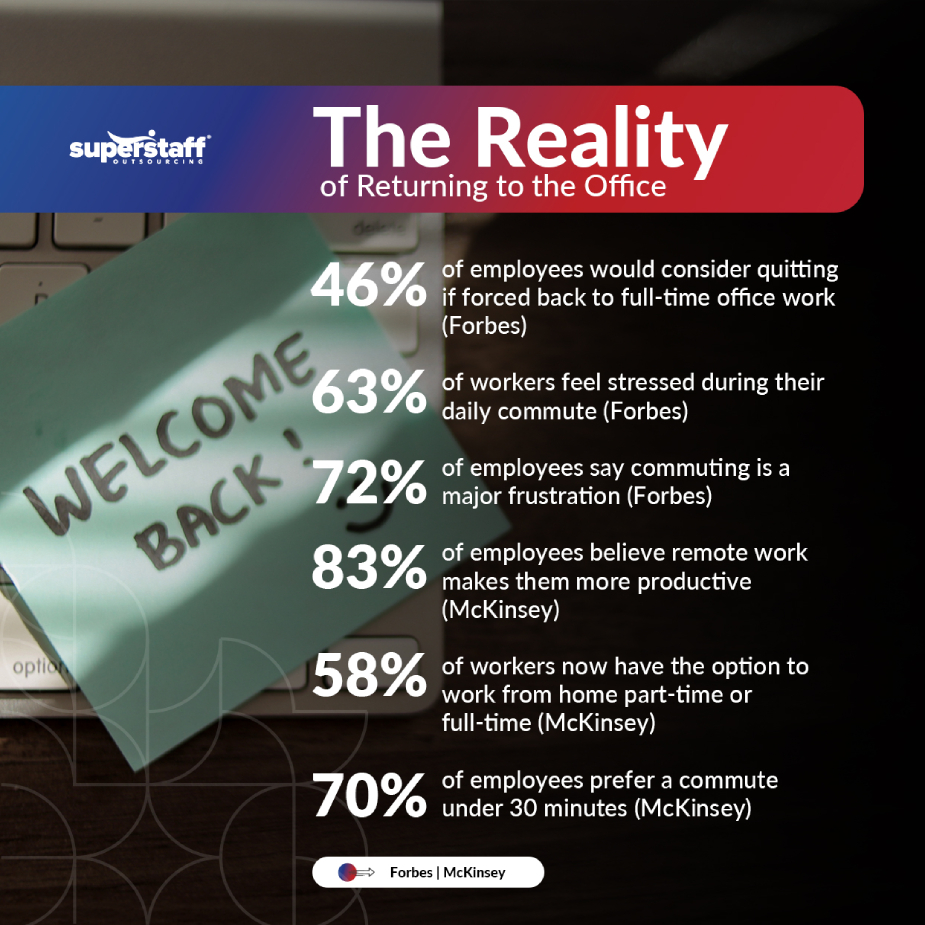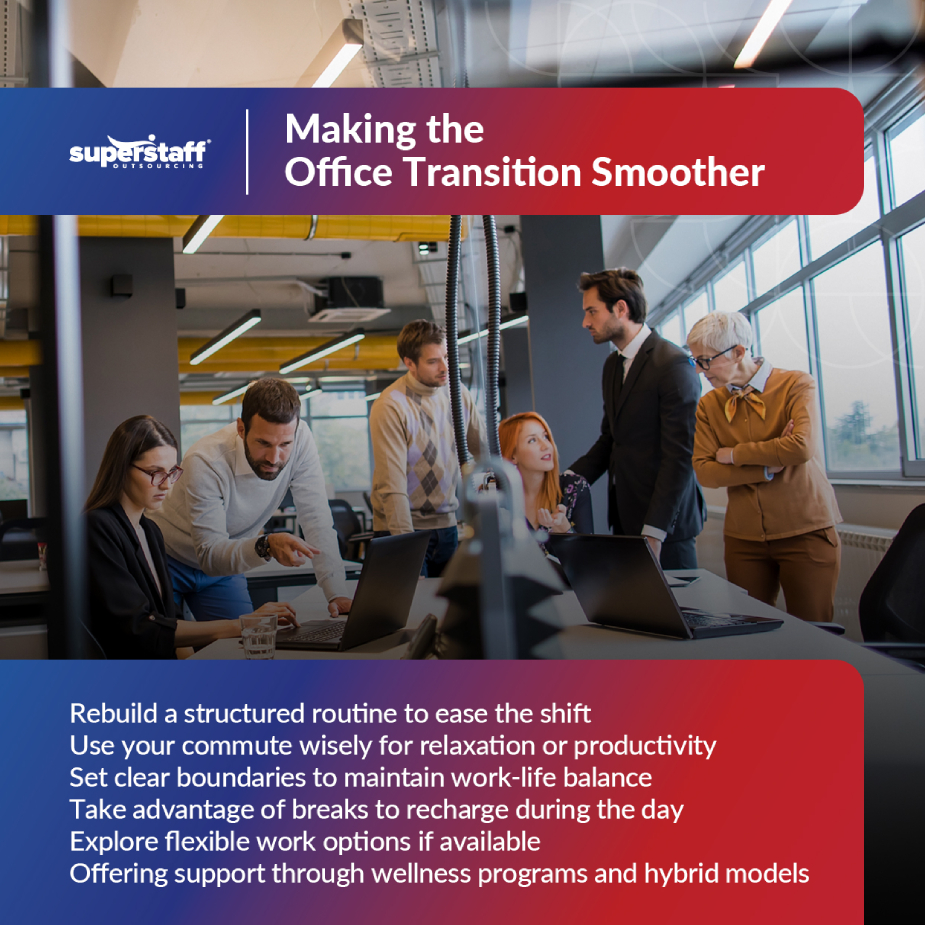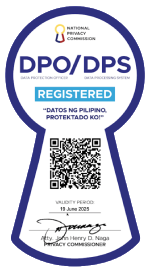
Remember when rolling out of bed and logging in five minutes before a meeting was the norm?
Now, the reality of morning alarms, packed commutes, and structured office hours is hitting hard. After getting used to the flexibility of remote work, the transition to office life again feels like a major shift. Many employees are struggling to adjust, whether it’s dealing with long commutes, re-learning in-person collaboration, or simply managing their energy levels throughout the day.
The transition to remote work was an adjustment, and now, moving back to the office comes with its own set of challenges. This article explores what makes this shift so difficult and how employees can rebuild routines, manage work-life balance, and ease back into office life without losing the flexibility they once enjoyed.
The Challenges of Returning to Office Commutes

For many employees, the shift back to office life isn’t just about showing up—it’s about readjusting to an entirely different way of working. The structured schedules, in-person meetings, and lengthy commutes replace the comfort and flexibility of remote work. A Forbes report found that 46% of employees would think about quitting if their company required them to return to the office full-time and gave up remote work options. That statistic alone speaks volumes about how difficult this transition can be.
Beyond just a preference for working from home, the challenges of returning to the office are deeply tied to time, energy, and mental well-being. The average commute in the U.S. has increased post-pandemic, eating into personal time and adding daily stress. Employees who once had the freedom to structure their days around peak productivity now find themselves adjusting to rigid office hours, making it harder to balance work with family responsibilities, exercise, and personal growth.
Office environments also demand different energy levels, requiring employees to shift from digital interactions to face-to-face collaboration, which can be draining after years of remote work. As the demands of commuting and office life take their toll, finding ways to adapt becomes critical.
The key to overcoming these challenges? Re-establishing a daily routine that works in this new normal.
Rebuilding a Productive Daily Routine
Shifting from the flexibility of remote work to the structured environment of an office requires a well-planned routine. The key is to create habits that ease the transition while maintaining efficiency. Establishing consistent morning and evening routines helps employees manage their time better and reduce daily stress.
Simple steps like prepping meals and outfits the night before can eliminate last-minute chaos while planning work tasks in advance minimizes distractions and keeps productivity on track. Calendar blocking is another effective strategy, allowing employees to dedicate focused time for deep work between meetings and office interactions.
While structure is essential, many employees still feel that remote work allows them to be more productive. According to McKinsey, 83% of surveyed employees said working remotely helped them work more efficiently. This highlights the challenge of adjusting back to an office routine—employees must find ways to sustain their productivity without the quiet, controlled environment they once enjoyed.
By setting clear routines and prioritizing time management, employees can navigate this transition smoothly and stay effective in their roles. Beyond routines, finding ways to make the daily commute less stressful is another crucial step in adapting to office life.
Managing the Stress of Commuting
The return to commuting can be mentally and physically draining, but strategic planning can make it more manageable. For many, the daily trip to work is a major source of frustration—Forbes reports that 63% of commuters experience stress, while 72% find their commutes frustrating.
Making good use of this time can help ease the burden. Listening to podcasts, audiobooks, or calming music can reduce stress and create a more positive mindset before arriving at work. Exploring alternative commuting options like carpooling, public transit, or adjusting work hours can also make a difference.
Companies that implement staggered start times give employees more flexibility to avoid peak traffic. While managing commute stress is essential, employees must also reassess their work-life balance to ensure they don’t feel overwhelmed.
Restoring Work-Life Balance in an Office Setting
Going back to the office doesn’t just mean adjusting to commutes—it also means recalibrating work-life balance.
With remote work, employees had the flexibility to fit personal activities into their day, whether it was squeezing in a workout, running errands, or spending more time with family. Now, those routines are harder to maintain, making it essential to set clear boundaries. Taking full advantage of lunch breaks and post-work hours for personal priorities—whether that’s exercise, socializing, or simply unwinding—can help prevent burnout.
Employees should also carve out non-negotiable personal time to ensure work doesn’t consume their entire day. The length of the commute plays a big role in this equation. According to McKinsey, over 70% of employees prefer a commute under 30 minutes, emphasizing the importance of proximity in maintaining work-life balance.
As companies navigate the return to office life, offering flexibility and support can make all the difference in helping employees sustain both their productivity and well-being.
How Companies Can Support Employees During the Transition
Organizations play a crucial role in helping employees navigate the shift back to office life. A smooth transition to remote work required flexibility, and now, returning to in-person settings demands the same level of consideration. Providing hybrid models and flexible schedules allows employees to strike a balance between office collaboration and personal responsibilities, easing the adjustment.
Offering wellness initiatives, commuter benefits, and mental health support improves the overall employee experience. Employers can implement staggered return-to-office policies, gradually reintroducing employees to the office environment rather than enforcing abrupt shifts. Creating open communication channels for employee feedback ensures that companies address concerns and make necessary adjustments.
As employees and organizations navigate these changes, the future of work will likely continue evolving.
The Future of Work: Hybrid Models and Long-Term Adaptation

The return to office work isn’t necessarily permanent—many companies are embracing hybrid work models as a long-term solution. Employees overwhelmingly favor flexible arrangements, blending in-office collaboration with remote work.
According to McKinsey, 58% of employed respondents—roughly 92 million people—now have the choice to work from home weekly, either partially or entirely, underscoring the widespread demand for hybrid setups. Businesses that adapt to these preferences not only enhance employee satisfaction but also improve retention and productivity.
Hybrid work offers the best of both worlds, enabling employees to engage in face-to-face teamwork while preserving the autonomy and efficiency of remote work. Those advocating for flexible arrangements can support their case with data on productivity and job satisfaction, demonstrating that hybrid models aren’t just a trend but a necessary evolution in today’s workplace.
Successfully Managing the Transition to Remote Work
The shift from remote work to office commutes comes with challenges, but with the right approach, employees can adapt and thrive.
A successful transition to remote work requires flexibility, and returning to the office demands the same thoughtful adjustments. Establishing routines, managing commute stress, and maintaining work-life balance are all essential for a smooth shift. Companies that prioritize employee well-being through hybrid models and workplace support will see stronger engagement and productivity.
At SuperStaff, we help businesses like yours navigate workplace transitions by providing outsourced solutions that enhance efficiency and support workforce adaptability. Whether it’s customer service, back-office support, or operational flexibility, our tailored solutions allow companies to focus on what matters most—building a strong and agile team. Let’s talk about how SuperStaff can help your business thrive in this evolving work landscape!





